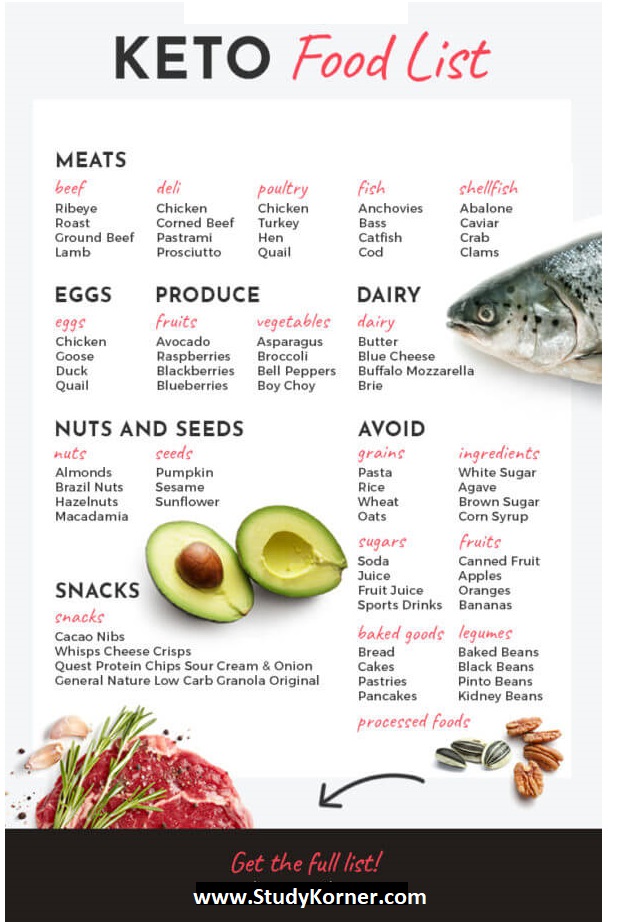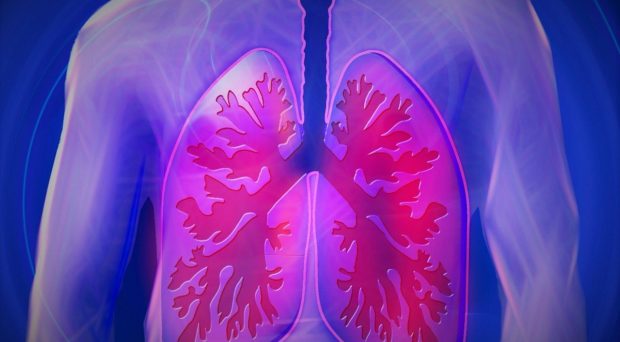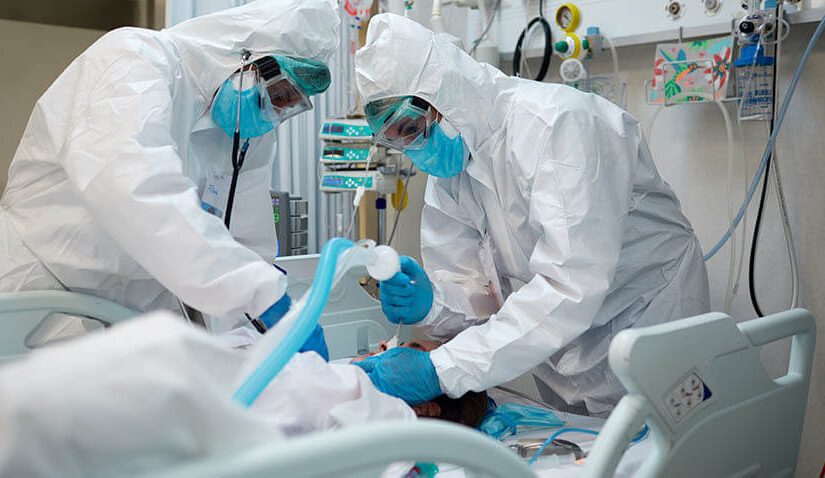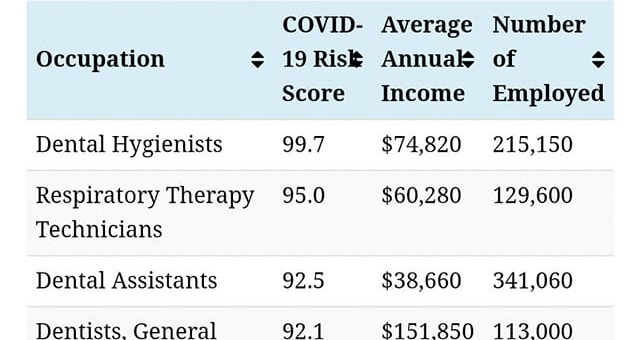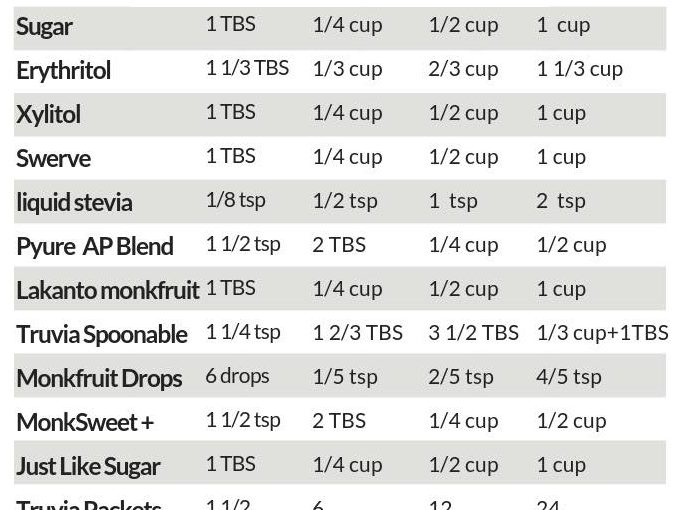Author: nclexquiz
NCLEX-RN Exam Review Questions: Quiz 700
NCLEX-RN Exam Review Questions: Quiz 700
NCLEX-RN Exam Review Questions: Quiz 6222
The most relevant and focused test preparation for the NCLEX-RN
These are the Occupations with the Highest COVID-19 Risk
Many individuals have been practicing social distancing by working from home in recent weeks. While this arrangement can be a great way to reduce one’s exposure to COVID-19, it’s a luxury that’s available to just 29% of Americans.
The situation for the remaining 71% is uncertain, to say the least. A significant portion of the population has lost their jobs due to business shutdowns and mandated lockdown orders. Others employed in “essential services” have continued working as usual, but may face a higher risk of potential exposure to the virus.
To that end, today’s infographic leverages data from the Occupational Information Network to determine which occupations face the highest risk of exposure to COVID-19.
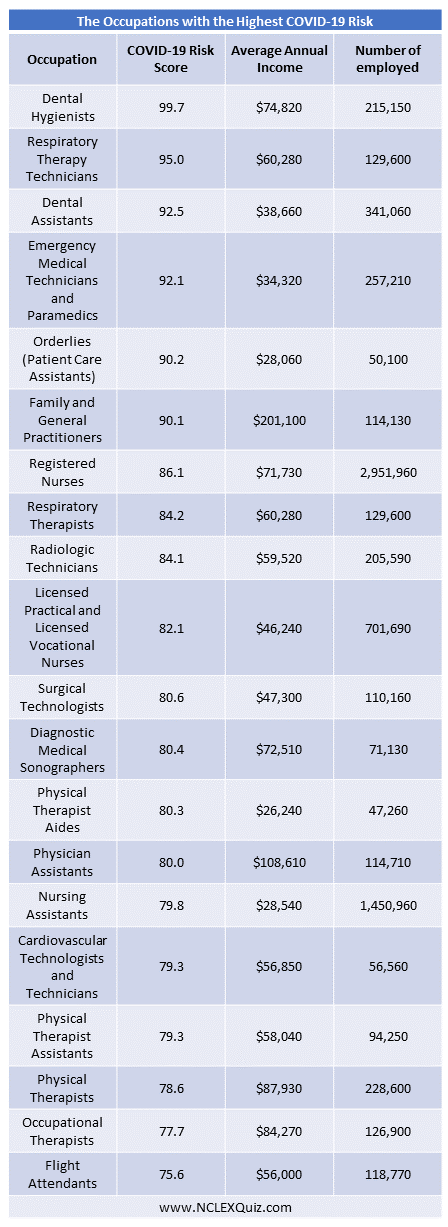
Dementia vs Alzheimer’s: Early Signs & Symptoms of Dementia & Alzheimer
Dementia is a group of symptoms that affects mental cognitive tasks such as memory and reasoning. Dementia is an umbrella term that Alzheimer’s disease can fall under. It can occur due to a variety of conditions, the most common of which is Alzheimer’s disease. People can have more than one type of dementia.
Early Signs and Symptoms of Alzheimer’s
Memory loss that disrupts daily life.
Challenges in planning or solving problems.
Difficulty completing familiar tasks at home, at work or at leisure.
Confusion with time or place.
Trouble understanding visual images and spatial relationships.
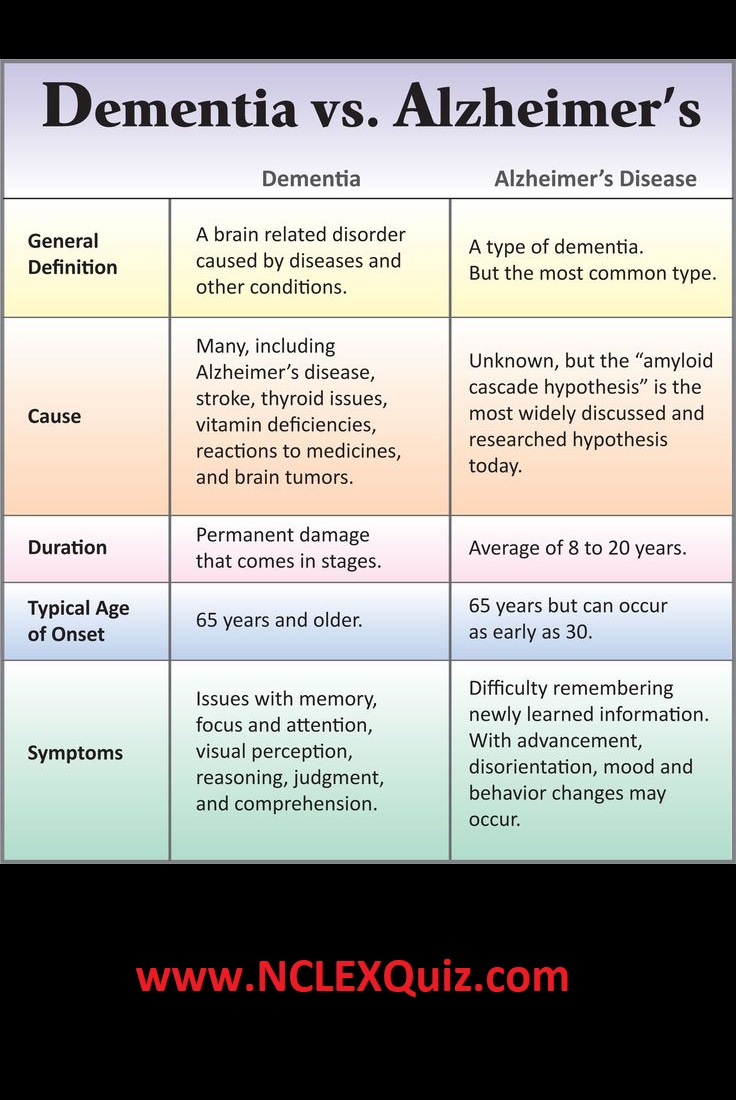
Nursing Student Head to Toe Assessment Sample Charting Entry Cheat Sheet
Nursing Student Head to Toe Assessment Sample Charting Entry Cheat Sheet
Examples of Documentation: Forms and Formats (Nursing)
Head-to-Toe Nursing Assessment
The sequence for performing a head-to-toe assessment is:
Inspection
Palpation
Percussion
Auscultation
However, with the abdomen it is changed where auscultation is performed second instead of last. The order for the abdomen would be:
Inspection
Auscultation
Percussion
Palpation (palpation and percussion are done last to prevent from altering bowel sounds)
Provide privacy, perform hand hygiene, introduce yourself to the patient, and explain to the patient that you need to conduct a head-to-toe assessment
Ask the patient to confirm their name and date of birth by looking at the patient’s wrist band (this helps assess orientation to person and confirms you have the right patient). In addition, ask the patient where they are, the current date, and current events (who is the president and vice president) etc.
Collect vital signs: heart rate, blood pressure, temperature, oxygen saturation, respiratory rate, pain level
NOTE: Before even assessing a body system, you are already collecting important information about the patient. For example, you should already be collecting the following information :
Looking at the overall appearance of your patient: do they look their age, are they alert and able to answer your questions promptly or is there a delay?
Does their skin color match their ethnicity; does the skin appear dry or sweaty?
Is their speech clear (not slurred)?
Do they easily get out of breath while talking to you (coughing etc.)?
Any noted abnormalities?
How is their emotion status (calm, agitated, stressed, crying, flat affect, drowsy)?
Can they hear you well (or do you have to repeat questions a lot)?
Normal posture?
Abnormal smells?
How is their hygiene?
Assess height and weight and calculate the patient’s BMI (body mass index).
Below 18.5 = Underweight
18.5-24.9 = Normal weight
25.0-29.9 = Overweight
30.0 or Higher = Obese
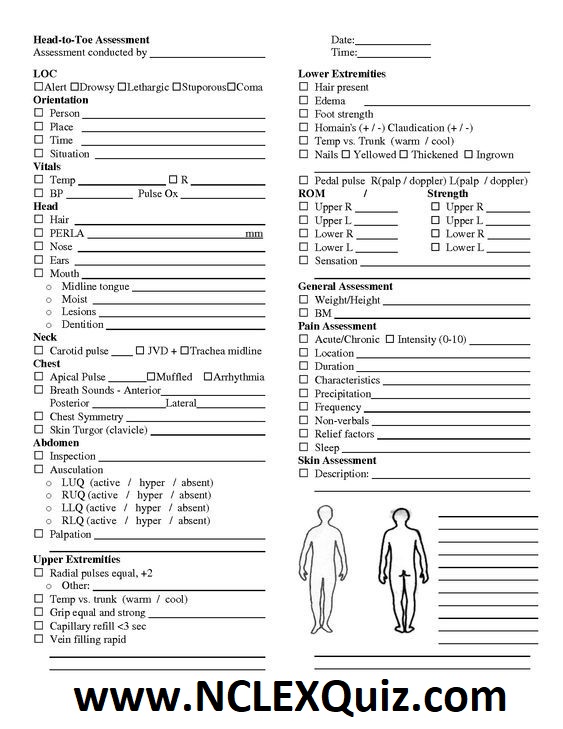
Cerebral Hemorrhages Neurological Assessment Med School
Cerebral Hemorrhages Neurological Assessment Med School
An epidural hematoma presents as a hyperdense lenticular shaped hematoma in the temporal region, and it is caused by a tear in the middle meningeal artery. A lucid interval is often associated with this bleed.
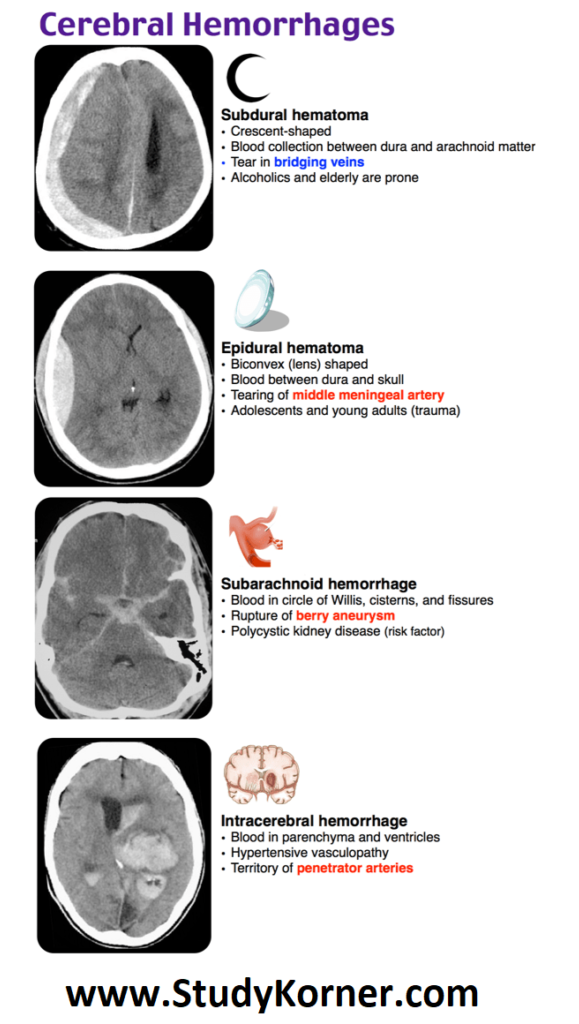
Low Carb Sweetener Conversion Chart
Low Carb Sweetener Conversion Chart
Diet and Nutrition | Weight Loss | Healthy Food | Low Carb Recipes | Ketogenic Diet
The ultimate low carb sweeteners guide to use while converting between low carb sweeteners or when turning a recipe using regular sugar into a low carb treat.
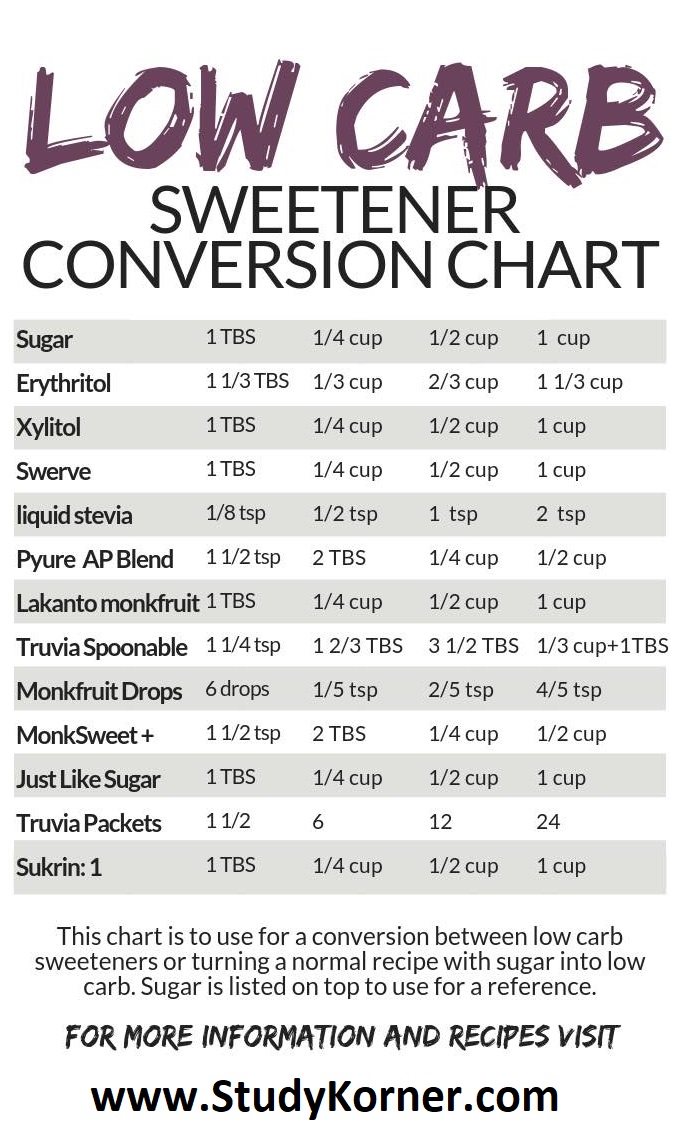
Keto Diet Food List for Beginners
Keto Diet Food List for Beginners
Ketogenic Diet Vs. Low Carb: Is There A Difference?
While all ketogenic diets are low carb, not all low carb diets are ketogenic.
The keto diet is a low carb diet that is based on the process of ketosis-a metabolic state in which your body uses ketones for fuel instead of glucose. For your body to reach a state of ketosis, carbohydrate (carb) intake must be limited to under 20 net carbs per day. (Sometimes a range of 25-30 net carbs works-it all depends on your body. Example: Your current weight, activity level, and gender all play a part in determining the number).
A Low Carb Diet is not based on ketosis & requires you to keep your carb intake to under 50 net carbs per day.
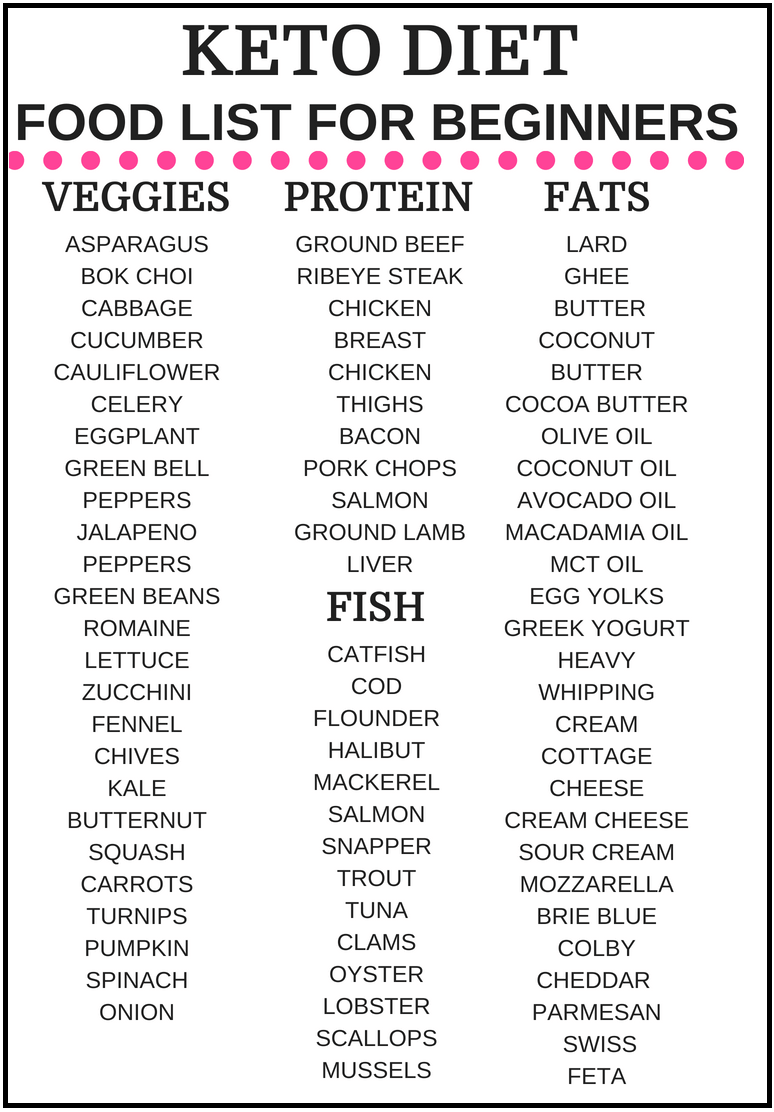
Keto Meal Plans & Keto Diet Recipes: The Best Ketogenic Diet Beginner’s Resource
Welcome to The Best Ketogenic Diet Beginner’s Resource! Here you’ll find several keto meal plans, as well as keto diet recipes & tips to get started on a low carb diet!
What Can I Eat On The Ketogenic Diet?
You can find a very detailed list of all the foods you can eat on the keto diet on the Keto Shopping List & you can print a copy for future reference.
